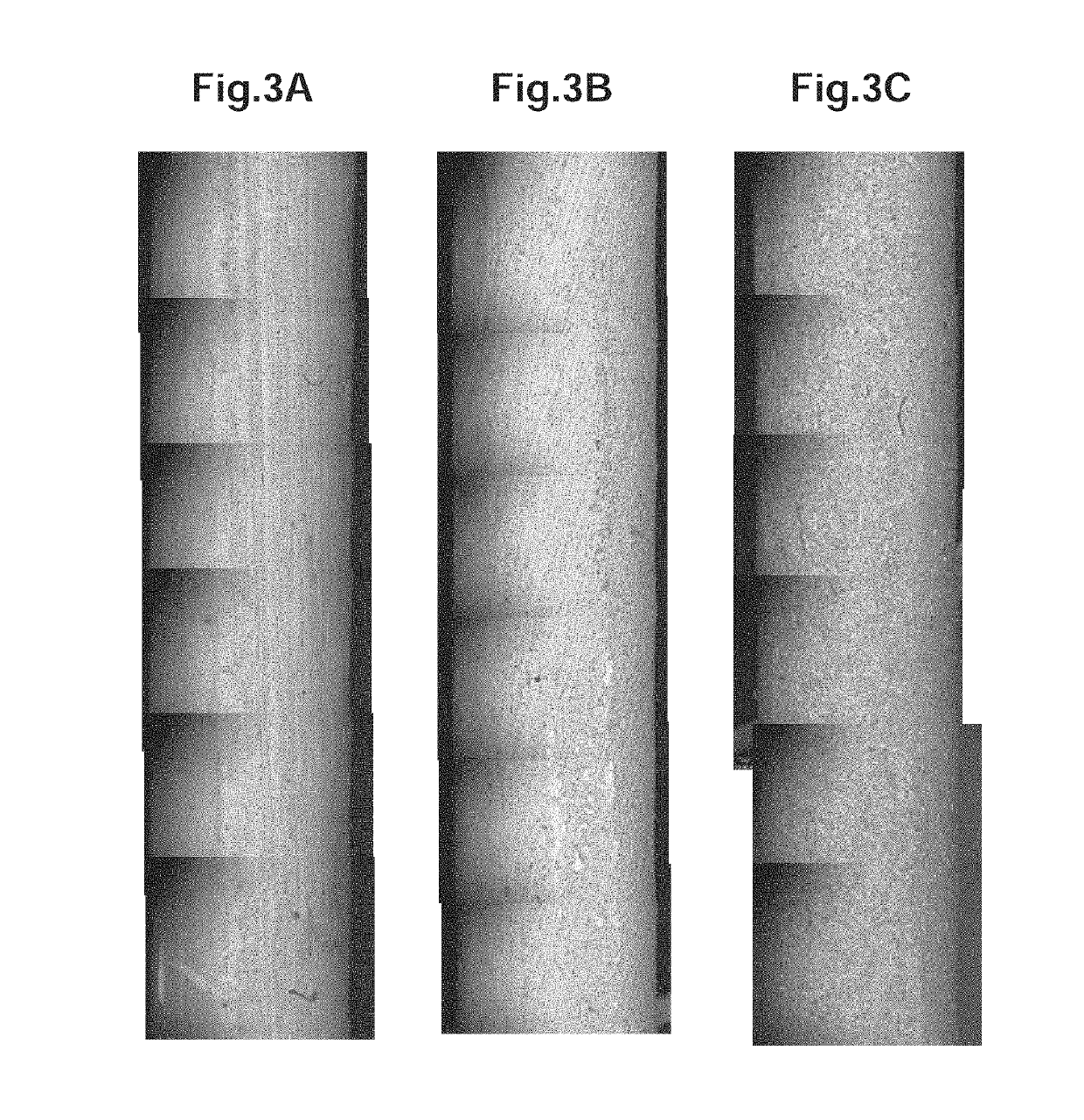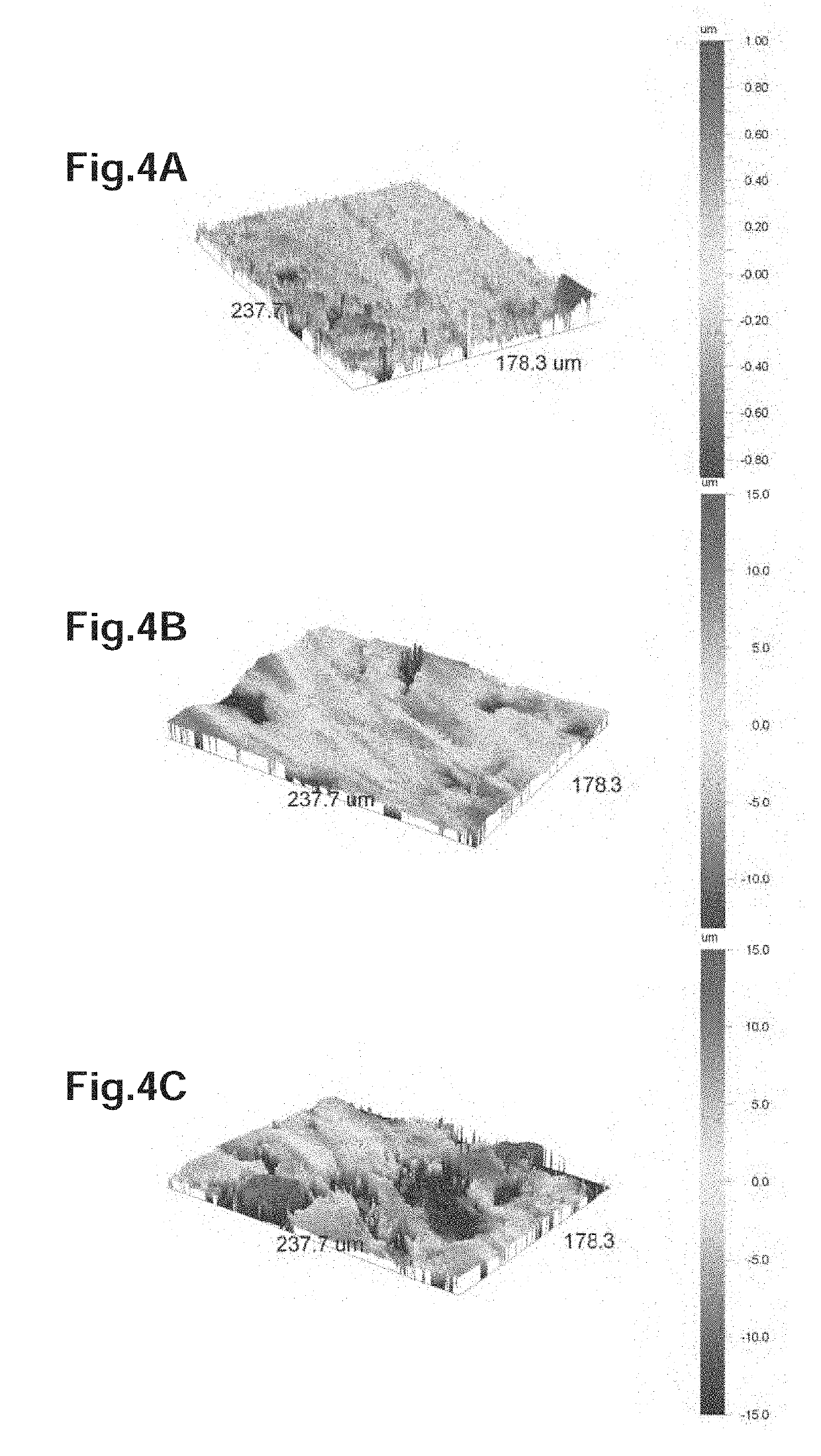Electric current transmission cable and method of fabricating such a cable
a technology of electric current transmission cable and cable, which is applied in the direction of non-metal conductors, non-insulated conductors, conductors, etc., can solve the problems of health risks, loss of energy, and reducing the efficiency of overhead lines, so as to reduce the electric field, increase the weight and cross-section of the cable, and increase the roughness
- Summary
- Abstract
- Description
- Claims
- Application Information
AI Technical Summary
Benefits of technology
Problems solved by technology
Method used
Image
Examples
Embodiment Construction
[0041]The portion of cable shown in FIG. 1 consists of bare conductor 10 which in turn consists of a plurality of conductive strands twisted together in concentric layers of alternating directions, said strands having predetermined cross-section shapes such as circular, trapezoidal, or “Z” shaped cross-sections. This structure, which complies with European standards EN 50182, EN 50540, and EN 62219, is the one generally chosen for HTB high voltage electric current transmission cables, which have a diameter of a few centimeters. For example, according to this standard a type 570-AL4 bare conductor has 61 strands made of almelec (aluminum, magnesium, and silicon alloy) with 3.45 mm circular cross-sections arranged in four layers around a central strand for a total diameter of 31.05 mm with a 1% tolerance. Also as an example, which furthermore corresponds to the illustration in FIG. 1, according to this standard a type 288-AL4 bare conductor has 37 strands made of almelec with 2.80 mm ...
PUM
| Property | Measurement | Unit |
|---|---|---|
| roughness parameter | aaaaa | aaaaa |
| roughness parameter | aaaaa | aaaaa |
| roughness parameter | aaaaa | aaaaa |
Abstract
Description
Claims
Application Information
 Login to View More
Login to View More - R&D
- Intellectual Property
- Life Sciences
- Materials
- Tech Scout
- Unparalleled Data Quality
- Higher Quality Content
- 60% Fewer Hallucinations
Browse by: Latest US Patents, China's latest patents, Technical Efficacy Thesaurus, Application Domain, Technology Topic, Popular Technical Reports.
© 2025 PatSnap. All rights reserved.Legal|Privacy policy|Modern Slavery Act Transparency Statement|Sitemap|About US| Contact US: help@patsnap.com



